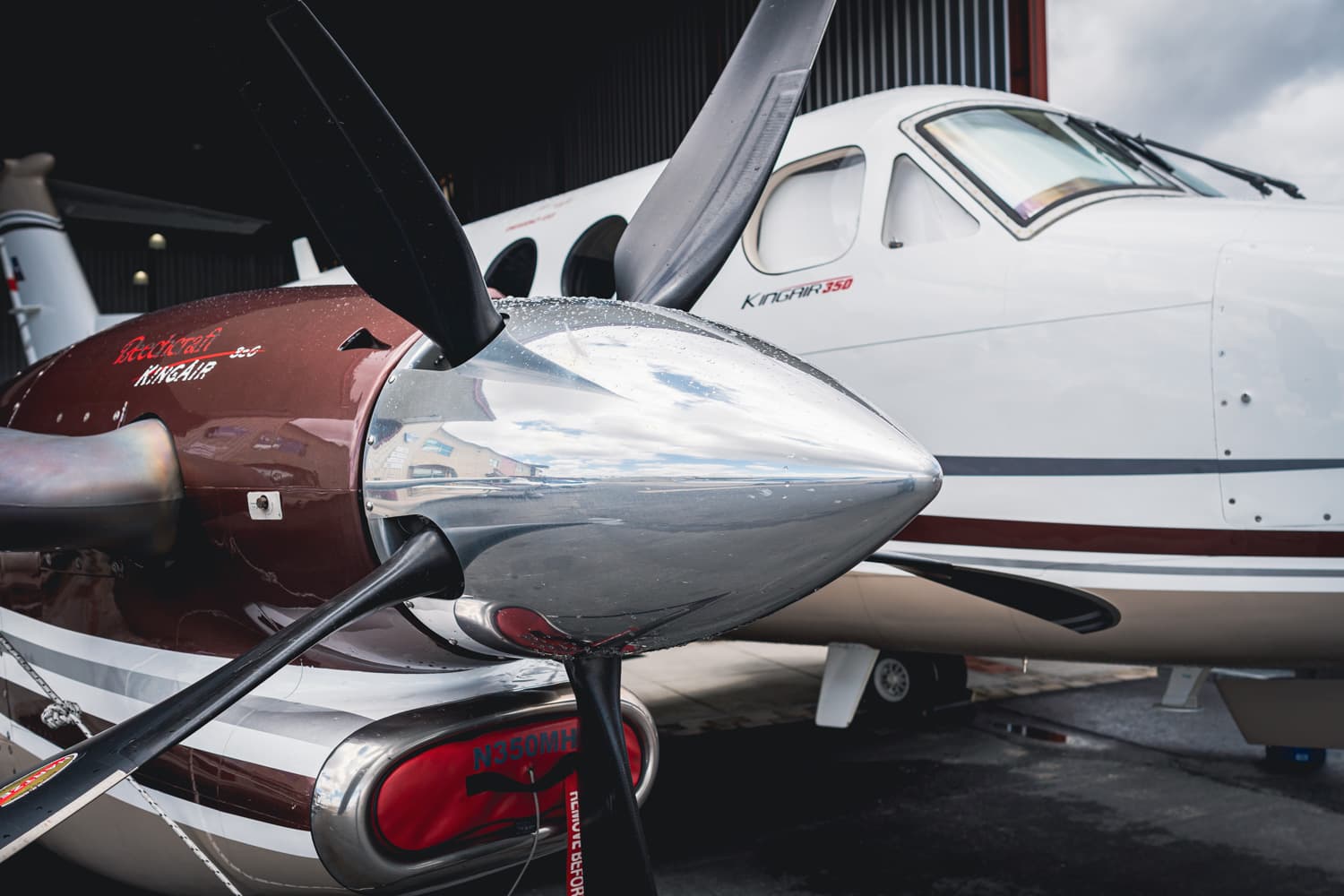The Next Era of Predictive Intelligence
by Ondrej Grünwald, Founder/CEO
1. From Prediction to Operational Intelligence
In 2025, the aviation industry is no longer asking whether predictive maintenance works — it’s asking how far it can go.

Aircraft operators and MROs have spent years collecting data, refining analytics, and proving that AI can forecast failures before they happen. Now, the frontier has shifted. The conversation is about how to trust, act on, and automate those insights to transform operational decision-making.
This is the age of prescriptive and autonomous maintenance — where AI doesn’t just predict what will fail, but recommends what to do next, simulates potential outcomes, and integrates seamlessly into day-to-day operations. It’s not just maintenance that’s evolving, but the entire concept of aircraft operational intelligence.
2. Building the Digital Backbone
Data remains the foundation of aviation reliability. But in 2025, it’s not just about collecting more — it’s about using it intelligently.
Modern aircraft generate terabytes of information each flight, from engine sensors and environmental monitors to flight logs and maintenance records. The challenge is to turn this fragmented data into a coherent picture of fleet health and operational context.

Operators are achieving this through:
- Digital twins that mirror real-time aircraft behavior and component health.
- Integrated data platforms connecting flight operations, engineering, and maintenance ecosystems.
- AI-driven data governance ensuring consistency, traceability, and compliance across multiple systems.
This digital backbone transforms maintenance from a standalone process into a connected, strategic asset — enabling data-driven collaboration across the organization.
3. From Predictive to Prescriptive
Machine learning models have long been able to predict when a component might fail. The real innovation now lies in prescriptive analytics — systems that not only anticipate failure but recommend the optimal response.
AI models simulate operational scenarios, balancing factors such as flight schedules, resource availability, and cost efficiency to recommend the best maintenance action at the right time.
More advanced systems are even moving toward autonomous maintenance orchestration, where AI assists in automatically scheduling work orders, ordering parts, or updating digital maintenance records in compliance with EASA and FAA frameworks.

But accuracy alone isn’t enough. In 2025, explainability and trust have become as important as prediction. Maintenance teams and regulators need to understand why an algorithm makes a recommendation — not just accept it blindly. That transparency is what bridges technology and operational confidence.
4. Maintenance Optimization
Predictive and prescriptive systems are now integral to real-time operational planning. Instead of relying on fixed intervals or manual planning, maintenance is orchestrated dynamically — balancing data-driven insights with human expertise.
- Adaptive Scheduling: AI identifies the best maintenance windows without disrupting flight rotations.
- Prescriptive Workflows: Automated recommendations help engineers decide which tasks to prioritize and when.
- Sustainability Insights: By extending component lifespans and reducing unnecessary replacements, predictive intelligence supports greener operations and reduced waste. Maintenance becomes less about routine — and more about strategic precision, where every intervention is justified by data and aligned with business goals.
5. Continuous Learning
Predictive maintenance has matured into a self-learning ecosystem. Every flight, inspection, and repair generates feedback that feeds directly into AI models, refining their accuracy and adaptability.
This creates a closed-loop system where technology and human expertise continuously enhance each other. As fleets evolve and new aircraft types enter service, the models evolve too — scaling seamlessly across operations and geographies.
It’s a living framework — one that adapts to the realities of aviation rather than relying on static assumptions.
6. Collaboration and Compliance
As predictive intelligence becomes embedded in daily operations, collaboration across stakeholders is critical.
Aircraft operators, MROs, OEMs, and regulators must align on shared data models, interoperability standards, and AI transparency requirements. Trust is built not just through algorithms, but through explainable decisions, secure data exchange, and consistent oversight.

Training also plays a key role. Maintenance engineers must be empowered to interpret AI insights confidently, knowing when to act, question, or override them. This human-AI collaboration is what defines the next generation of aviation reliability.
7. Strategic Advantage
In a world of increasing complexity, predictive maintenance is no longer a technological edge — it’s a strategic differentiator.
Operators that harness AI-driven operational intelligence gain:
- Higher fleet availability and on-time performance.
- Lower maintenance and inventory costs.
- Reduced carbon footprint and material waste.
- Greater safety and regulatory assurance.
By embedding predictive intelligence into every layer of operations, aviation leaders can transform their maintenance strategies from cost centers into engines of reliability, efficiency, and sustainability.
8. The Sky Beyond Prediction
The future of aircraft operations isn’t about responding faster — it’s about knowing what’s coming and acting with precision.
Predictive maintenance has matured into a new paradigm of intelligent, connected aviation — one that combines AI foresight, human expertise, and data integrity to redefine safety and performance.
At SkyAlgorithm, we see the next decade of aviation as the era of operational intelligence — where technology doesn’t just support decisions but helps shape them.
Because in the aviation of tomorrow, the goal isn’t simply to predict the future — it’s to design it.